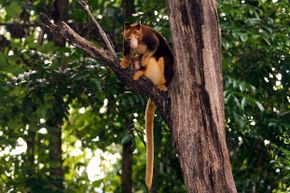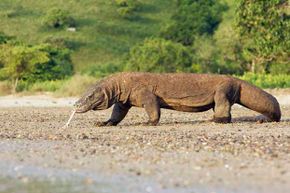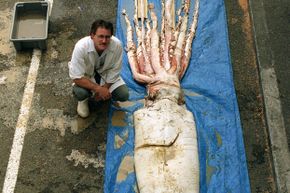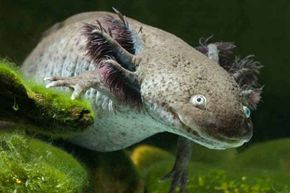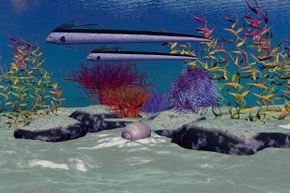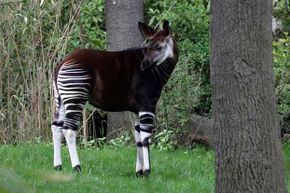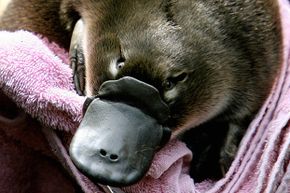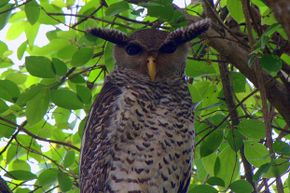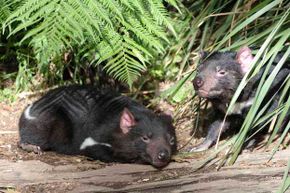From winged dragons and unicorns, to Bigfoot and the Chupacabra, we humans have imagined a vast menagerie of animals that don't actually exist. We tend to be so engrossed in fantasy creatures that we don't pay much attention to many of the 7.7 million different animal species that scientists estimate really live on our planet [source: Science Daily].
Some are so colorful and bizarre that they almost seem as if some overeager fabulist made them up. Take, for example, the golden lion tamarin, whose lush, resplendent mane and scowling visage make it look like a miniature version of one of those late-1980s heavy metal rockers on MTV. Then there's the axolotl, which uses its stubby legs to crawl along the bottoms of lakebeds, and the dingiso, a tiny kangaroo-like creature that hops around on tree branches instead of on the ground.
Advertisement
But as we revel in this biodiversity, we also should remember that many of the world's most incredible creatures are threatened by deforestation, climate change and other human-induced activities in the environment. WWF warns we're losing hundreds and possibly thousands of species each year, an extinction rate that far exceeds the ordinary ebb and flow of nature [source: WWF]. It's up to us to save them.
In that spirit, here are 10 animal species so strange and wonderful that they seem make-believe. And many are in danger of extinction.

